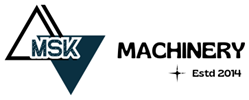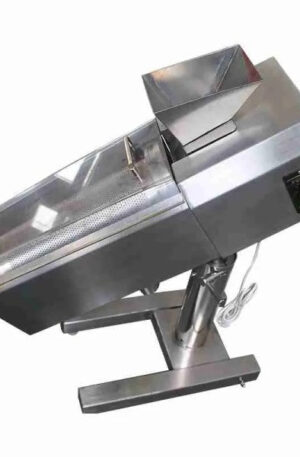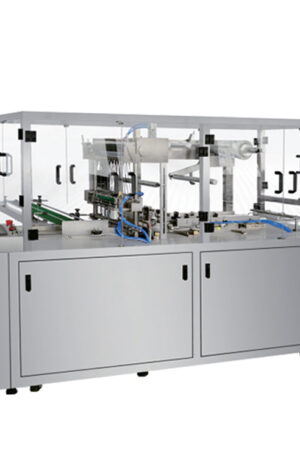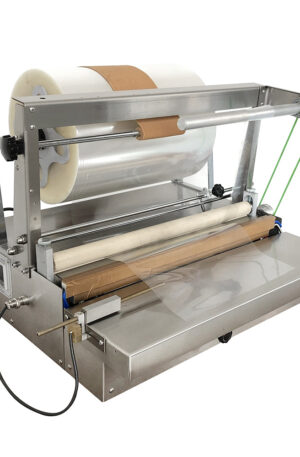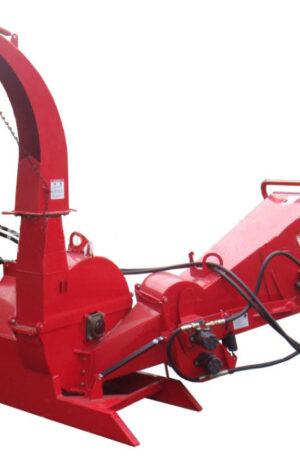Title: The Evolution of Pharmaceutical Machinery: Enhancing Drug Production Efficiency
Pharmaceutical machinery has significantly evolved over the years, playing a crucial role in the efficient production of medications. Two key pieces of equipment that have revolutionized drug manufacturing processes are the table press machine (such as TDP) and the capsule filling machine (like the THDP). These machines have not only improved the speed and accuracy of drug production but also enhanced safety and quality assurance in pharmaceutical manufacturing.
Table press machines, such as the TDP (Tablet Press Machine), have become fundamental in pharmaceutical manufacturing. These machines are used to compress powdered ingredients into tablets of uniform size and weight. The TDP employs various mechanisms to ensure precise dosing and consistent tablet quality. With adjustable parameters like compression force and tablet thickness, the TDP allows for customization according to different drug formulations. This versatility is essential in producing a wide range of tablets efficiently and accurately.
On the other hand, capsule filling machines, like the THDP (Tablet and Capsule Filling Machine), have streamlined the process of encapsulating medications. These machines automate the filling of empty capsules with precise amounts of powdered or granulated medication. The THDP ensures uniform filling of capsules, reducing the risk of dosage variability. Additionally, advanced features such as sensor technology and automated cleaning enhance the efficiency and safety of capsule filling operations.
The integration of TDPs and THDPs in pharmaceutical manufacturing facilities has led to significant improvements in production efficiency. These machines not only increase the speed of drug production but also reduce human error and contamination risks. By automating key steps in the production process, pharmaceutical machinery has elevated quality control standards, ensuring that medications meet stringent regulatory requirements.
Furthermore, the evolution of pharmaceutical machinery has paved the way for continuous innovation in drug development. Manufacturers can now explore complex formulations and novel drug delivery systems with the support of advanced equipment. The efficiency and precision offered by machines like TDPs and THDPs enable researchers to focus on developing groundbreaking medications, knowing that the production process is reliable and scalable.
In conclusion, the evolution of pharmaceutical machinery, particularly the advancements in table press and capsule filling machines, has transformed drug production processes. The integration of TDPs and THDPs has enhanced efficiency, accuracy, and safety in pharmaceutical manufacturing. As technology continues to advance, pharmaceutical machinery will play a crucial role in driving innovation and improving patient outcomes in the healthcare industry.
